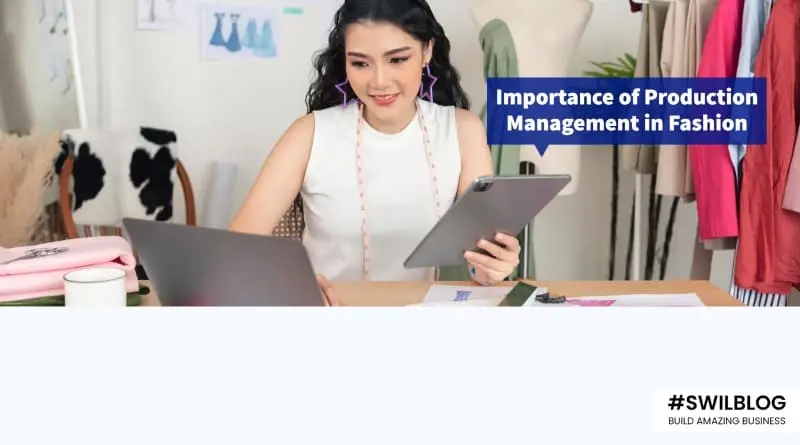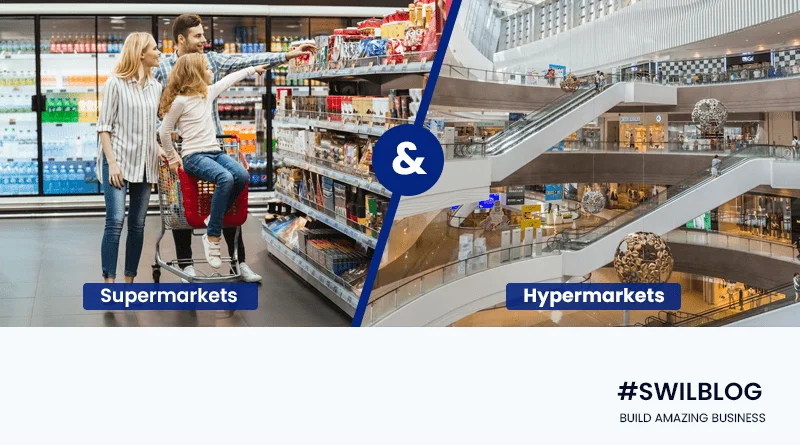How does a fashion designer’s concept for a garment become a three-dimensional product that prospective buyers can buy? Production management is a critical component of the fashion supply chain since it turns an idea into a tangible item that can be sold.
A fashion product manager will consider technical, business, and design factors when developing a product. Therefore, product management managers need to be aware of marketing concepts and the design and manufacture of fashion items.
This blog article discusses the significant stages of creating a fashion product and how to manage production using cutting-edge production management software effectively.
Article Content-
What is Fashion Production Management?
Manufacturing companies utilize production management, which includes acquiring raw materials, processing them into completed goods for the intended market, and supervising the whole procedure. Production and operations management, used in the clothing business, explains the garment-making process.
Production and operations management covers every step of the manufacturing process, including purchasing the raw materials for the creation of clothing, planning the tasks required to transform them, monitoring the process, properly managing the workers, and even delivering the finished products to customers.
The seven-step method for creating new goods
New product development (NPD) is creating a new product from scratch. The process may be broken down into seven stages: creativity, research, planning, prototype, sourcing, pricing, and commercialization. However, the details depend on the firm.
Utilize the development architecture demonstrated below to bring your product idea to market.
1. Idea generation
The phases of creativity and brainstorming are where many aspiring entrepreneurs become stuck. They typically do this because they wait for a revelation to reveal the right product they should advertise. While creating something “New” may inspire creativity, many of the best ideas come from enhancing an existing popular development.
The SCAMPER model, which involves asking questions about existing products, is a helpful method for quickly producing new ideas. Each letter represents a prompt:
- Substitute
- Combine
- Adapt
- Modify
- Put in different use
- Eliminate
- Reversing or arranging
You could devise innovative ways to change existing ideas or modify them for a new target market or problem by giving these issues some thought.
2. Analysis
With your product idea in mind, you may be eager to go into production, but failing to validate it first might be a mistake.
Product validation ensures that you build a product that customers will pay for, helping you avoid spending time, money, and effort on something that won’t sell. You may check your product ideas using several techniques, including:
- Talking about your idea with family and friends
- Sending an online survey to get feedback
- Starting a fundraising campaign
- Asking for feedback on discussion boards like Reddit
- Using Google Trends to research market demand
- Making a Coming Soon page and measuring interest with pre-orders or email opt-ins
Whatever approach you choose, gathering data on whether a broad, impartial audience would buy your item is crucial. A word of advice: Don’t give your potential customers’ opinions too much weight if they claim they “definitely would purchase” them. You can only consider someone a client once the money is exchanged.
3. Organizing
Planning before building your prototype is essential since product management may rapidly become nasty. Suppose you need a clearer understanding of your product’s design and how it will function before you contact manufacturers or start looking for materials. In that case, it’s easy to lose in the subsequent stages.
Use your diagram to list the components or materials needed to complete the project. The list does not contain every detail that may be required, but it should help you plan for what you will need to construct the product.
Consider your goods’ packaging, labeling, and overall quality before moving on to the sourcing and pricing phases. Considering these product characteristics during the planning stage is essential since they will influence how you sell your product to your target market.
4. Modeling
The goal of the prototype stage of the product management process is to create a finalized product that can be used as a sample for mass production. Prototyping often involves testing several versions of your product while progressively deleting options and improving upon existing designs until you are satisfied with a final prototype. You would seldom produce your final product in a single attempt.
However, company owners often work with other parties to prototype their products. For instance, it’s usually in the fashion and apparel industry to collaborate with a local tailor, cobbler, or pattern maker for garments and accessories, shoes, or other goods (for clothing). One may often locate these services by doing an internet search for neighboring firms in the sector.
You should also start testing a minimum viable product (MVP). Your MVP, or minimum viable product, contains just enough functionality for early users. The process of developing a product helps with early idea validation. Product managers may quickly incorporate customer feedback throughout iterations and make small, progressive changes to the product.
Start-ups provide the MVP to early adopters to gauge demand, test price sensitivity, text messaging, and other experiments. It begins the feedback process by offering ideas and comments based on customer needs. Create more valuable items for your target market using an iterative product management process.
5. Purchasing
Once you have a product prototype, you are comfortable with. It’s time to start collecting the materials and finding the partners needed for production. The suppliers, activities, and resources necessary to produce and deliver a product to a customer are called “building your supply chain.”
6. Pricing
It would be beneficial to understand how much it would cost to construct your product after carrying out the required research, planning, prototyping, and sourcing activities. Costing is a business analysis method where you add up your cost of goods sold (COGS) and use the knowledge you’ve gathered to project a retail price and gross margin.
7. Commercialization
You now have a profitable product that is prepared for the market. The last step in this procedure is promoting your product. Currently, a product management team will delegate responsibility for a product launch to marketing.
Conclusion
A few of the fashion-making processes include conceptualization, design, production, and delivering goods to customers to satisfy demand. Fashion companies of all sizes employ modern production management software to handle every part of garment production, speed up and optimize the manufacturing process, and ensure the desired results.
You can maximize the efficiency of your garment production process with better inventory management and integration with your favorite business tools. SWIL offers a flexible and user-friendly solution for fashion companies looking for production and inventory management combined into a single dashboard.








